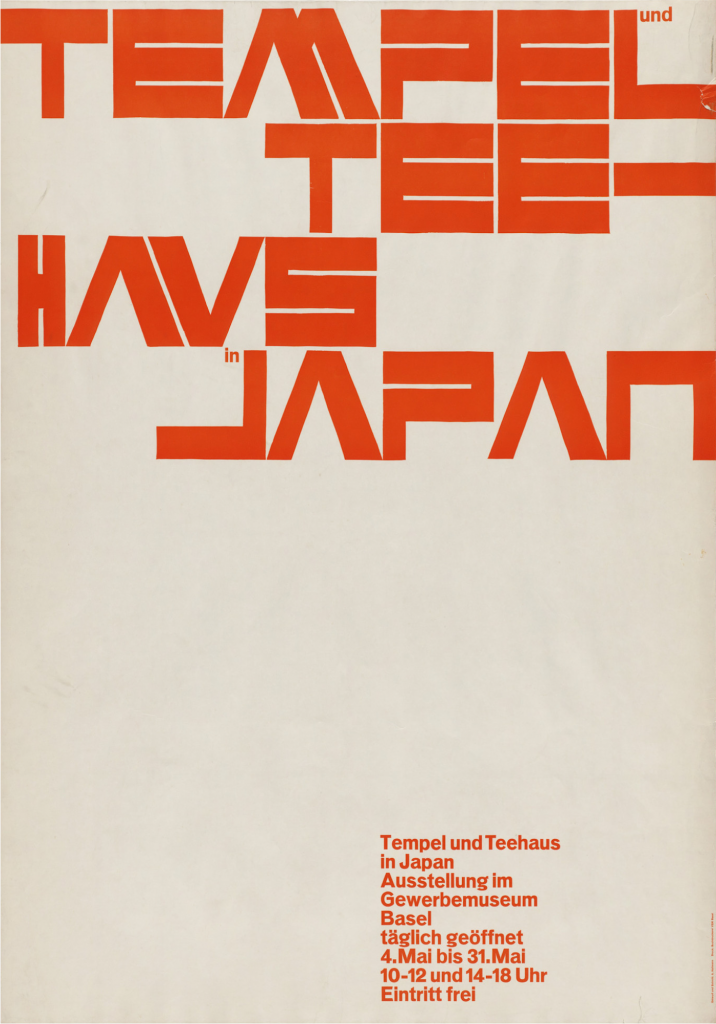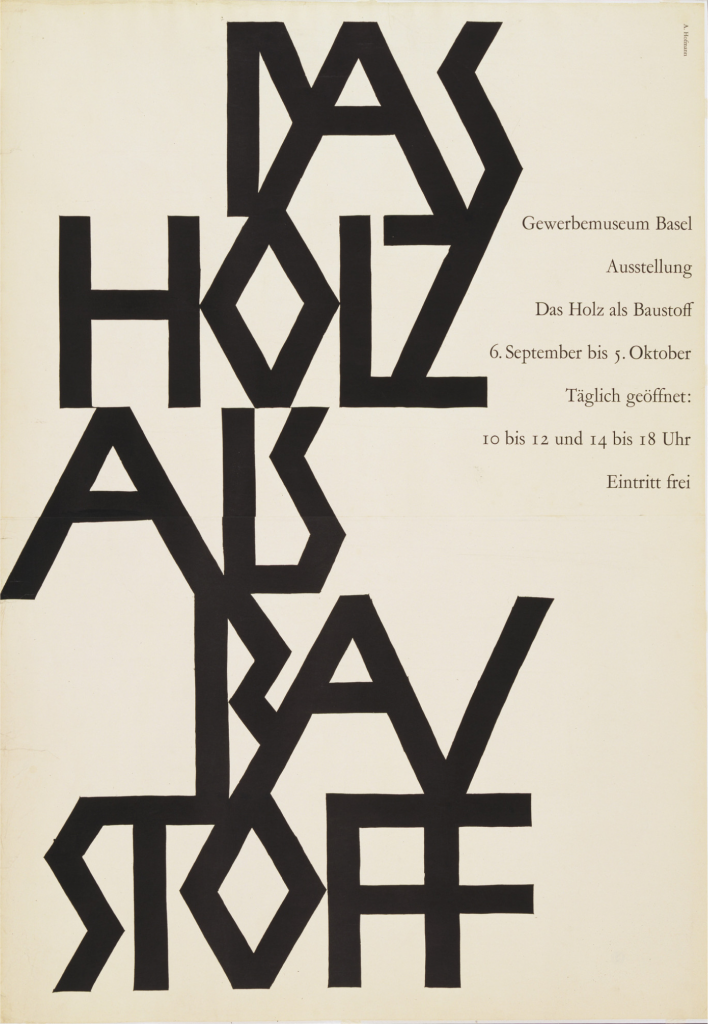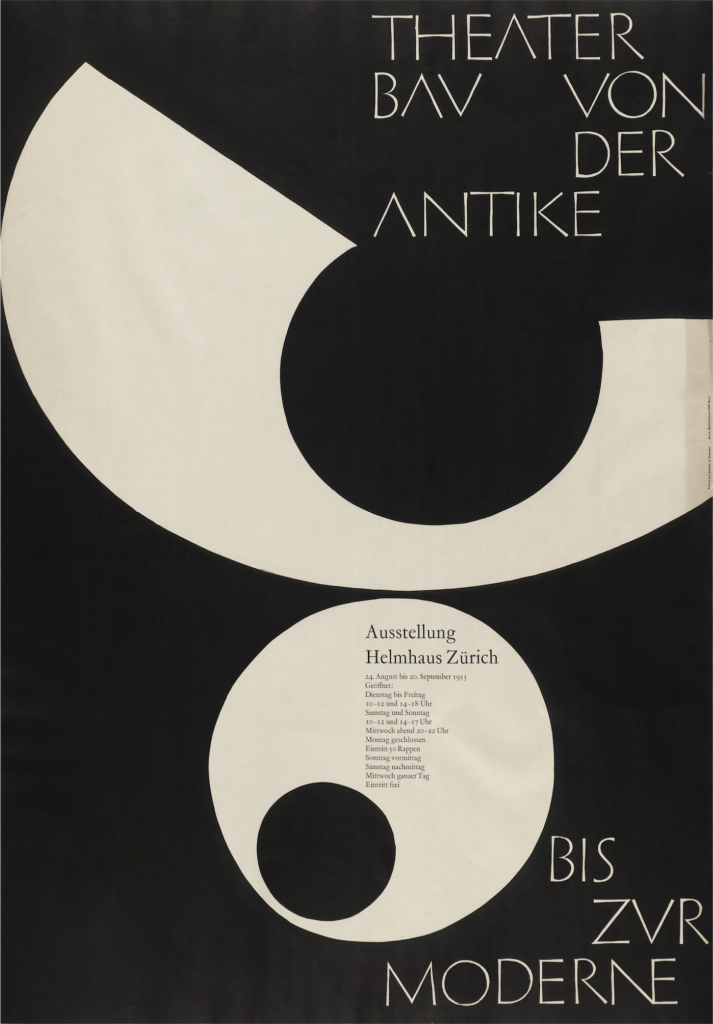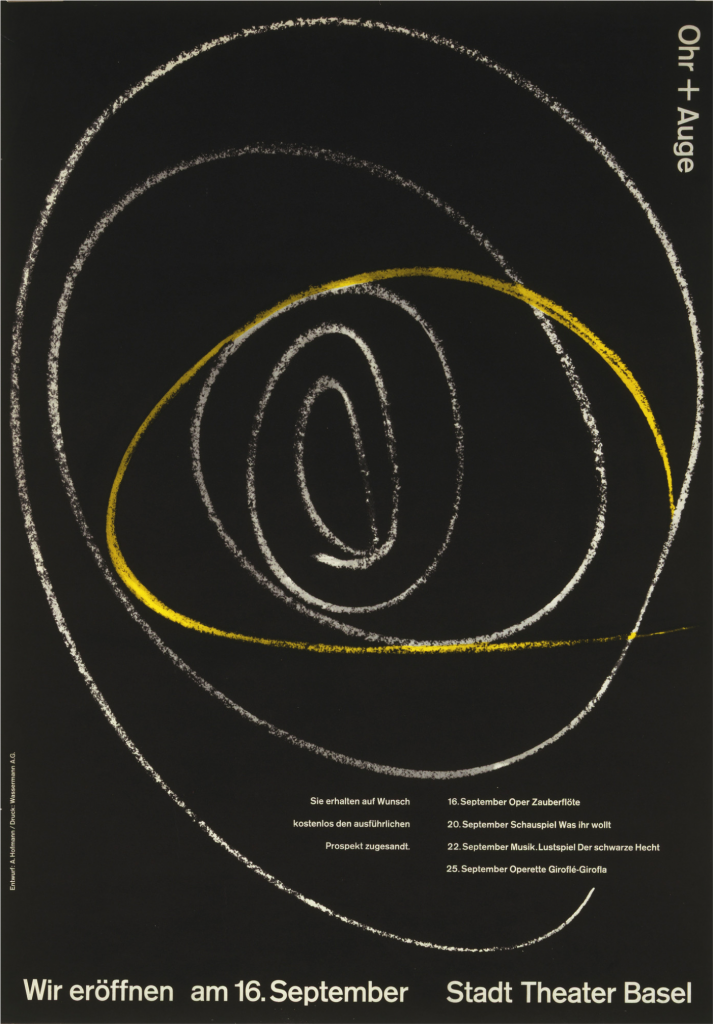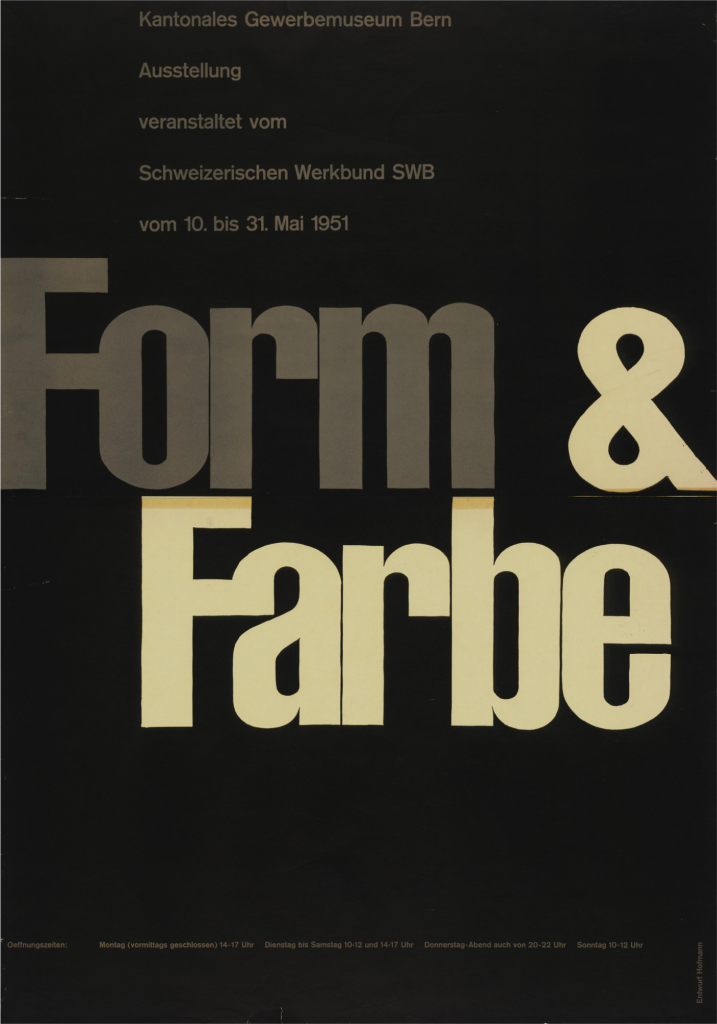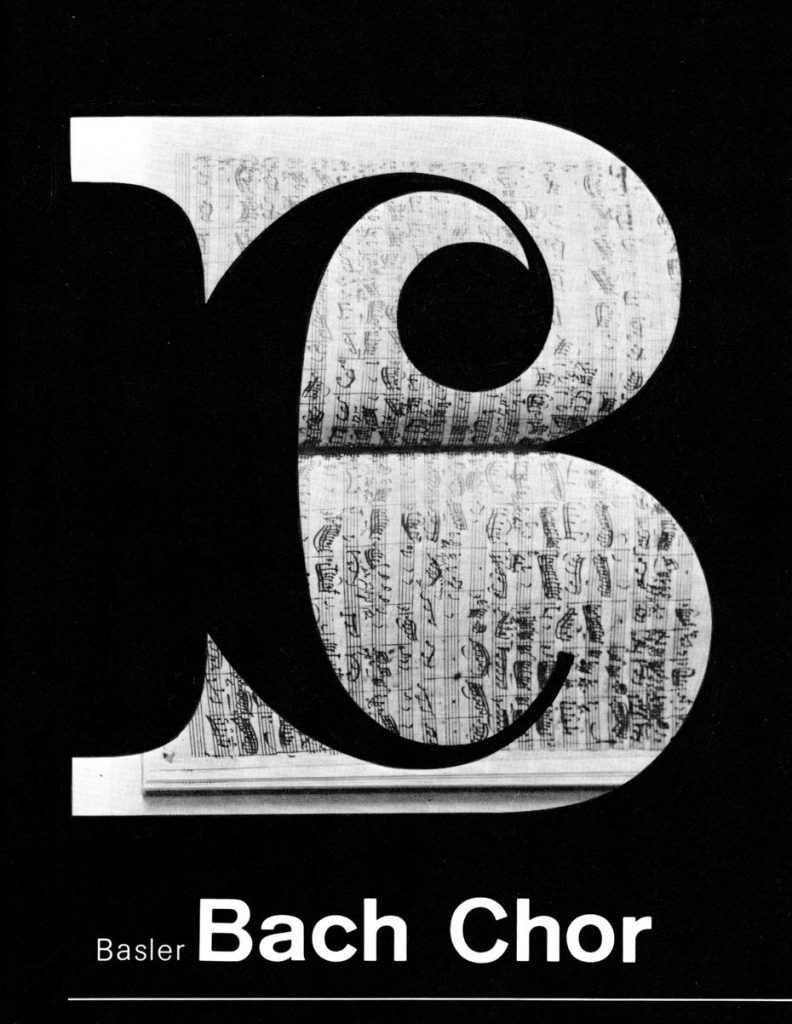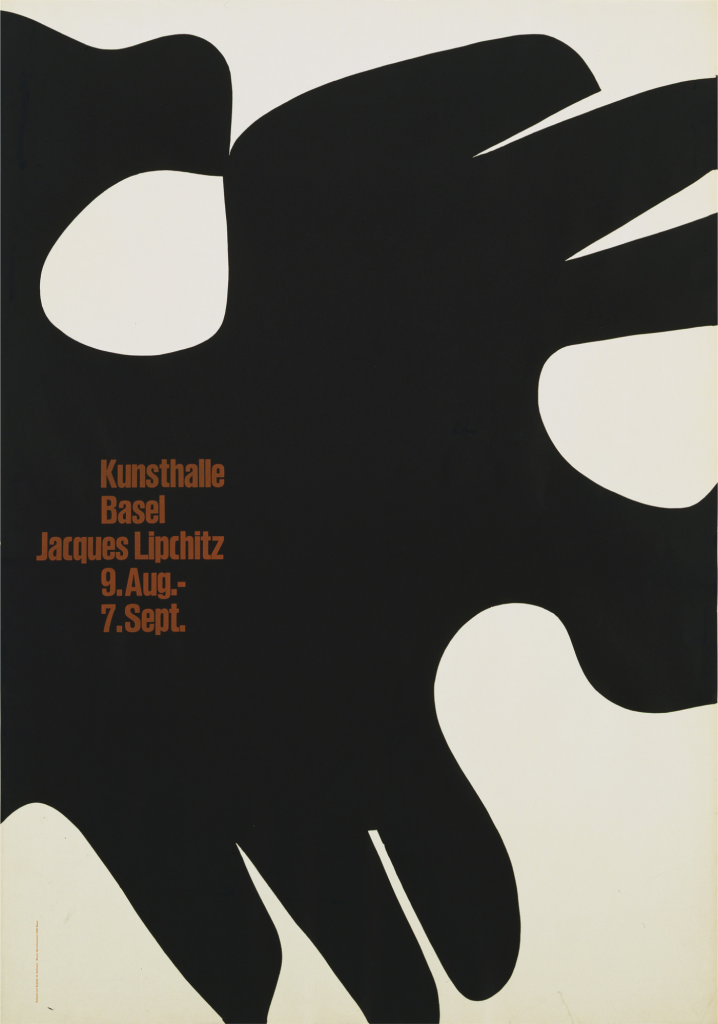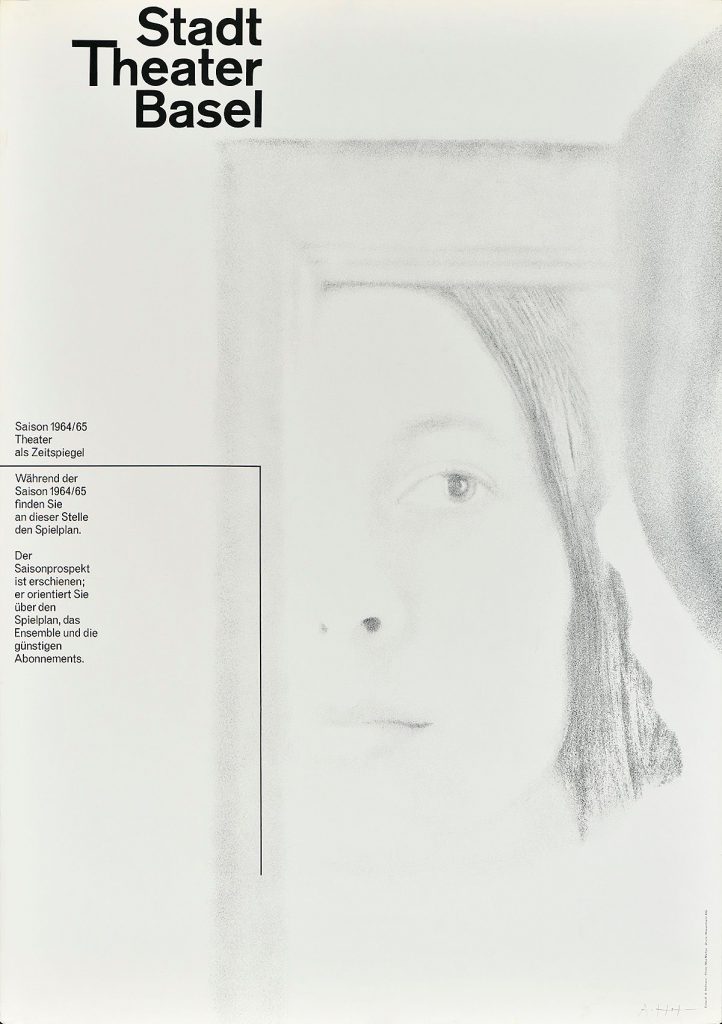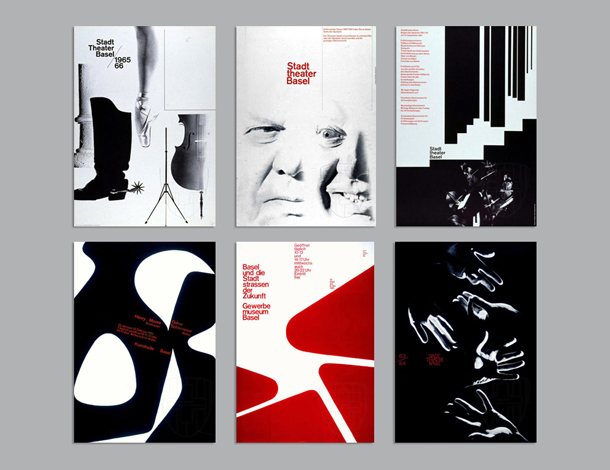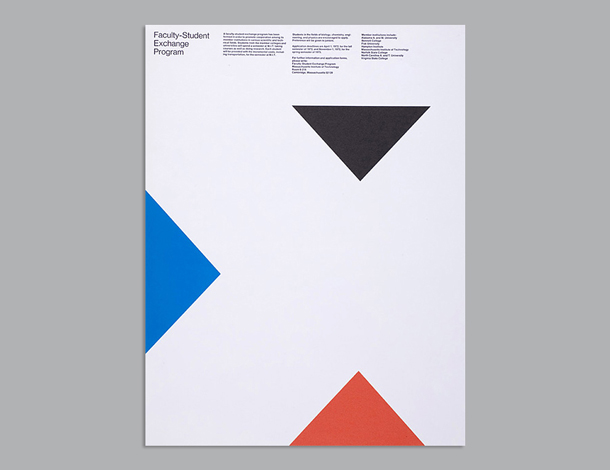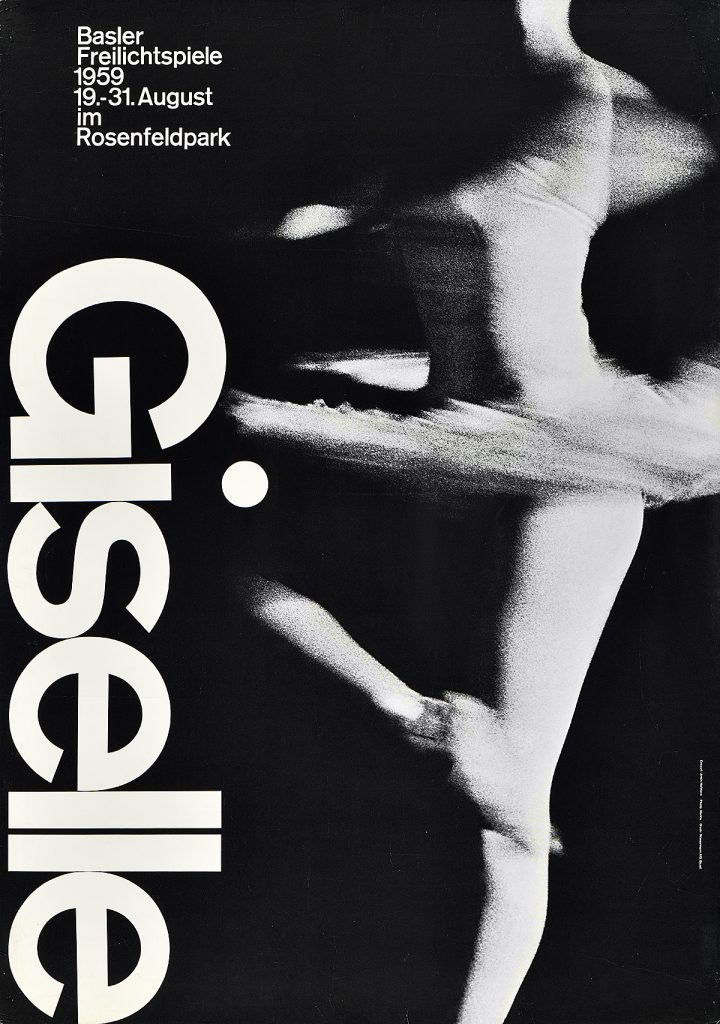- Электронная библиотека БГУ
- Факультет социокультурных коммуникаций
- НАУЧНЫЕ ПУБЛИКАЦИИ ФАКУЛЬТЕТА СОЦИОКУЛЬТУРНЫХ КОММУНИКАЦИЙ
- Материалы конференций факультета социокультурных коммуникаций
- Актуальные проблемы дизайна и дизайн-образования
- 2022. Актуальные проблемы дизайна и дизайн-образования
Пожалуйста, используйте этот идентификатор, чтобы цитировать или ссылаться на этот документ:
https://elib.bsu.by/handle/123456789/290969
| Заглавие документа: | «Руководство по графическому дизайну» А. Хофманна: основные положения |
| Другое заглавие: | “Graphic Design Manual” by A. Hofmann: Basic Provisions / Soskova O. |
| Авторы: | |
| Тема: | ЭБ БГУ::ОБЩЕСТВЕННЫЕ НАУКИ::Искусство. Искусствоведение ЭБ БГУ::ОБЩЕСТВЕННЫЕ НАУКИ::Народное образование. Педагогика |
| Дата публикации: | 2022 |
| Издатель: | Минск : БГУ |
| Библиографическое описание источника: | Актуальные проблемы дизайна и дизайн-образования : материалы VI Междунар. науч.-практ. конф., Минск, 14–15 апр. 2022 г. / Белорус. гос. ун-т ; редкол.: Н. Ю. Фролова (гл. ред.) [и др.]. – Минск : БГУ, 2022. – С. 47-50. |
| Аннотация: | Статья представляет собой обзор восьмого издания книги Армина Хофманна «Руководство по графическому дизайну. Принципы и практика» |
| Аннотация (на другом языке): | This article is an overview of the eighth edition of Armin Hofmann’s book, The Graphic Design Guide. Principles and Practice” |
| Доп. сведения: | Раздел 1. Учебно-методические аспекты профессионального дизайн-образования |
| URI документа: | https://elib.bsu.by/handle/123456789/290969 |
| ISBN: | 978-985-881-437-3 |
| Лицензия: | info:eu-repo/semantics/openAccess |
| Располагается в коллекциях: | 2022. Актуальные проблемы дизайна и дизайн-образования |
Полный текст документа:
| Файл | Описание | Размер | Формат | |
|---|---|---|---|---|
| 47-50.pdf | 1,67 MB | Adobe PDF | Открыть |
Все документы в Электронной библиотеке защищены авторским правом, все права сохранены.
Cette oeuvre dont la première édition, depuis longtemps épuisée, remonte à 1965, se présente dans une version nouvelle entièrement revue. Au moment de sa parution, ce livre pouvait être considéré comme un essai fondamentalement neuf de traiter méthodiquement les problèmes posés par la création de l’image et de la forme.
Son objectif est de progresser pas à pas en partant du plus simple pour aller aux principes, au différencié jusqu’au compliqué. Les éléments de l’image et de la forme sont analysés et étudiés dans leur légitimité. Les connaissances obtenues par l’étude logique de la matière peuvent s’apprendre. Elles appartiennent à l’arsenal de tout graphiste et de tout typographe.
L’enseignement méthodique de la création trouve aujourd’hui un emploi également dans la création au petit écran. Le traitement automatique des textes au moyen de l’ordinateur personnel se répand de plus en plus. Le procédé dit «Desktop Publishing» (composition automatique pour le bureau) exige conceptualisation et méthode. Cet (ouvrage ordonné selon une systématique adaptée à l’ordinateur rendra ainsi de précieux services comme manuel d’introduction pour ce nouveau groupe d’utilisateurs.
Trilingue : français, anglais, allemand
Graphic Design Manual: Principles and Practice
Niggli, 2022 — Всего страниц: 200
This is a revised edition of a book that was first published in 1965 and has been out of print for some time. The book was originally a fundamentally new attempt to provide a methodical approach to problems of graphic design. The student is taken step by step from the first rudiments to more elaborate and complex processes. Pictorial and formal elements are analysed and their inherent rules extracted. The knowledge acquired through this logical treatment of the material can be leart; it should be part of every designer’s and typographer’s equipment. The methodical approach to learning design can also be applied today to designing on the computer display screen. Automatic word processing with the personal computer (PC) is becoming increasingly widespread. Desktop publishing calls for an exceptionally high degree of conceptual thinking and methodical procedure, and operators in this field will find that this book, which is systematized to match computer needs, provides an invaluable introduction to the subject.
Поле DC
Значение
Язык
dc.contributor.author
Соскова, О. И.
dc.date.accessioned
2022-12-19T08:36:16Z
—
dc.date.available
2022-12-19T08:36:16Z
—
dc.date.issued
2022
dc.identifier.citation
Актуальные проблемы дизайна и дизайн-образования : материалы VI Междунар. науч.-практ. конф., Минск, 14–15 апр. 2022 г. / Белорус. гос. ун-т ; редкол.: Н. Ю. Фролова (гл. ред.) [и др.]. – Минск : БГУ, 2022. – С. 47-50.
dc.identifier.isbn
978-985-881-437-3
dc.identifier.uri
https://elib.bsu.by/handle/123456789/290969
—
dc.description
Раздел 1. Учебно-методические аспекты профессионального дизайн-образования
dc.description.abstract
Статья представляет собой обзор восьмого издания книги Армина Хофманна «Руководство по графическому дизайну. Принципы и практика»
dc.language.iso
ru
dc.publisher
Минск : БГУ
dc.rights
info:eu-repo/semantics/openAccess
dc.subject
ЭБ БГУ::ОБЩЕСТВЕННЫЕ НАУКИ::Искусство. Искусствоведение
dc.subject
ЭБ БГУ::ОБЩЕСТВЕННЫЕ НАУКИ::Народное образование. Педагогика
dc.title
«Руководство по графическому дизайну» А. Хофманна: основные положения
dc.title.alternative
“Graphic Design Manual” by A. Hofmann: Basic Provisions / Soskova O.
dc.type
conference paper
dc.description.alternative
This article is an overview of the eighth edition of Armin Hofmann’s book, The Graphic Design Guide. Principles and Practice”
Располагается в коллекциях:
2022. Актуальные проблемы дизайна и дизайн-образования
Хофманна называют одной из самых выдающихся личностей в истории швейцарского графического дизайна. Наряду с более известными Йозефом Мюллером Брокманом, Эмилем Рудером и Максом Биллем, Хофманн помог сформировать графический дизайн, вдохновленный модернизмом, до неузнаваемости. Без «Международного типографического стиля», также известного как швейцарский стиль дизайна, современный графический дизайн был бы почти неузнаваем. Читабельность и чистота стиля, а также его асимметричные макеты, использование сетки и шрифтов без засечек помогли определить, как мы проектируем сегодня. Сегодня дизайнеры по-прежнему берут лучшие элементы из этой эпохи дизайна, чтобы создать совершенно новую современную визуальную эстетику.
Хофманн родился в Винтертуре, Швейцария, в 1920 году. Он учился в Школе искусств и ремесел в Цюрихе, затем работал литографом в Базеле и Берне. Затем он открыл свою собственную студию в Базеле. В 1947 году он начал преподавать в Базельской школе искусств и ремесел после того, как встретил Эмиля Рудера в поезде и узнал, что школа ищет нового преподавателя. Хофманн оставался там в течение 40 лет и в конце концов сменил Эмиля Рудера на посту руководителя школы.
Хофманн считал, что одной из лучших и наиболее эффективных форм коммуникации является плакат, и большую часть своей карьеры он посвятил разработке плакатов, в частности, для Базельского театра Штадт. Как и Джозеф Мюллер-Брокманн и Эмиль Рудер, Хофманн также написал книгу, в которой изложил свою практику и философию. Его «Руководство по графическому дизайну» было и остается прекрасным справочником для графических дизайнеров.
Стиль дизайна, который создали Хофманн и Рудер, стремился прежде всего к коммуникации. Он демонстрировал новые приемы фотомонтажа, фототипографии, экспериментальной композиции в целом и, конечно же, отдавал предпочтение типографике без засечек. Можно сказать, что Хофманн посвятил всю свою профессиональную жизнь тому, чтобы привнести творческую и художественную целостность в мир графического дизайна.
Как человек он прост и непритязателен. Как учитель, он не имеет себе равных. Как практик, он входит в число лучших. Он редкая птица, лихач, альпинист, учитель высочайшего класса и гуру. И все же его трудно прижать к стенке
Пол Рэнд о Хофманне
Работы Хофманна, особенно его плакаты, всегда подчеркивали экономичное и эффективное использование цвета и шрифтов. Это было реакцией на то, что Хофманн называл «тривиализацией цвета». Его плакаты выставлялись как произведения искусства в крупнейших галереях по всему миру, включая Нью-Йоркский музей современного искусства. Он ушел на пенсию в 1987 году, но его наследие продолжает жить в его работах, оказавших огромное влияние.
Армин Хофманн (29 июня 1920[1] — 18 декабря 2020) — швейцарский графический дизайнер.
Top reviews from the United States
There was a problem filtering reviews right now. Please try again later.
Reviewed in the United States on June 17, 2020
Very outdated, which is clear in the intro text, but it depends on what you’re looking to get from this book. It’s a good look at early graphic design from the perspective of an expert as new technology was emerging in the 60s-70s. The exercises are useful for perspective on technique and “seeing” design. Probably better for a collector. Perfect for a hipster analog artist who is anti-technology in art or maybe even an abstract artist. Overall, worth having for artists that want to learn old-school techniques starting from the most basic form (the dot). Could possibly help sloppy technique for a self-taught artist. I didn’t absolutely love the book, but did learn from it.
2 people found this helpful
Report
Reviewed in the United States on November 17, 2019
It is a “must have” book for whoever plans to study art and design.
Reviewed in the United States on November 19, 2019
Great for teaching young designers
Reviewed in the United States on June 25, 2010
I picked this up because it’s listed on nearly every Graphic Design reading list. Reviews rave about it and call it a classic. At the risk of sounding like a philistine, I don’t get it.
There’s a nice little intro by Armin Hoffman, where he touches on some of the core elements to visual design (dots, line, contrast, letters). After that, it’s approximately 150 pages of black & white form studies. You get out of it what you put into it, I suppose.
Also, the price of this book is a little ridiculous. It’s a basic softcover with black & white printing coming in at less than 200 pages.
13 people found this helpful
Report
Reviewed in the United States on November 16, 2017
Great reference for designers. Looking for inspiration? Take a look at this book.
One person found this helpful
Report
Reviewed in the United States on November 8, 2016
A classic for every designer — old school and new school
Reviewed in the United States on January 16, 2009
George Nelson states in the preface that Armin Hofmann «arrives naturally at the conviction that if problems can be correctly stated, they can be solved.»
This gets at the essence of what motivates Hofmann’s thinking and teachings. Design is about problem solving and Hofmann’s work is a clear and beautiful expression of the design process, at its most basic.
The book describes the relationships of the dot and the line within a wide range of compositions that explore balance, hierarchy and rhythm.
A classic guide for motion media students/teachers and graphic designers alike. Beautifully illustrated, this book implicitly follows the strong methodologies established at the Basel School of Art.
5 people found this helpful
Report
Reviewed in the United States on November 20, 2006
You’d expect a book with the title «Graphic Design Manual» to be comprehensive, covering all the fundamentals of graphic design. This book falls far, far short of being a complete guide to graphic design. To give you an idea of how short, the book has a dozen pages of text. That’s it. I know graphic designers are fond of pictures but 12 pages of text out of 172 for a manual? (I’m reviewing my copy which is the 1965 edition.)
That said, this *is* a good book on design. The little text that there is is informative and the graphics nicely illustrate and extend the text. Much of content of the book has to be generated by the reader himself, as he reads the brief introductory text and then studies the examples.
Hofmann’s approach is logical and hierarchical. He starts off with the basics and illustrates each with a simple series of graphics. Then over the course of a few pages the examples get progressively more complex but still depend upon and illustrate the point/s being discussed.
I highly recommend this book to someone who wants to learn or refresh their grasp of the fundamentals of design. Hofmann is a master and the graphics he has chosen for this book are compelling and informative. This book is probably beyond the novice level as it is so compressed, with very little discussion of each point but a lot of examples. A beginner will be hard pressed to follow the development of examples without some more guidance as to what he is looking at and how the more complex graphics relate to the original point. But still, you will learn a lot from this book, especially if you return to it later in your design education.
In short, despite its title this book does not cover graphic design, it covers the elements of design, things such as the dot, the line, text and illustration and the interplay between these elements. You will not find any discussion of important principles such as hierarchy, alignment, grids, layout, color (in fact all graphics are black and white). This is however a valuable book that deserves careful study and will teach you a lot about the fundamentals of design.
16 people found this helpful
Report
Top reviews from other countries
5.0 out of 5 stars
All good
Reviewed in the United Kingdom on September 21, 2019
5.0 out of 5 stars
Five Stars
Reviewed in the United Kingdom on March 15, 2016
4.0 out of 5 stars
Good service // buon servizio
Reviewed in Italy on July 14, 2015
the items arrived in a reasonable time and in great condition. I will use and recommend in the future. Ps: no tracking system.
// gli articoli ordinati sono arrivati nei tempi previsti e in buone condizioni. Ve lo consiglio! Ps: i pacchi non sono tracciabili.
5.0 out of 5 stars
Maestro che insegna.
Reviewed in Italy on September 9, 2017
Ottima ristampa.
Un must per chi ama la grafica.
Un must per chi vuole interagire con i segni.
Quello che vediamo in giro lo dobbiamo (anche) a lui.
5.0 out of 5 stars
Da Avere Assolutamente
Reviewed in Italy on October 17, 2015
Arrivato in perfette condizioni. Uno dei pionieri del design svizzero non poteva che realizzare una bibbia come questa. Lo consiglio a tutte le persone che iniziano un percorso nel campo del design, ma anche a chi ha già esperienza. Il testo è presente nelle prime 50 pagine poi continua con numerosi esempi di lavori. Contentissimo dell’acquisto
Принимаем оплату российскими картами, выкупаем и доставляем ваши заказы из магазинов США и Германии. Наша доставка работает в стандартном режиме.
×
Сейчас вы находитесь в городе Москва
Выберите город, в который Вы хотите осуществить доставку
Руководство по графическому дизайну: принципы и практика, Хофманн, Армин
Вопрос по товару?
Мы перезвоним!
Основные характеристики
Группа товаров:
Высшее образование и образование для взрослых
Оригинальное название:
Graphic Design Manual: Principles and Practice by Hofmann, Armin
Товар из США
Доставим в Ваш город
Артикул:164027579266
Продавец:
whattaplace
(14498)
Местонахождение:Multiple Locations, US
Доставка до склада США
827 ₽ ($7.99)
Товары из магазинов
США и Европы
без наценок!
Отправили
67 000 посылок
с 2008 года!
Знаменитый
каталог eBay
на русском языке!
Доставка курьером
до двери
Почтой или в удобный пункт выдачи!
Похожие товары
Graphic Design Manual: Principles and Practice by Hofmann, Armin
Graphic Design Manual: Principles and Practice by Hofmann, Armin – можно купить на shopozz.ru с доставкой
из Multiple Locations, US. Все товары из
категории «Высшее образование и образование для взрослых» быстро и вовремя доставляются в Россию и страны СНГ.
Полную информацию о доставке можно посмотреть в разделе «Доставка».
На товары категории «Высшее образование и образование для взрослых» действует доступная цена,
поэтому Graphic Design Manual: Principles and Practice by Hofmann, Armin можно
приобрести всего за
7090 руб.
Не можете сделать выбор? Посмотрите другие товары продавца
whattaplace
(14498)
–
«Смотреть все товары».
Возникли вопросы о товаре, условиях оплаты либо доставки?
Закажи обратный
звонок!
В чем наша ценность
Покупки без ограничений
- Доставка в любой город СНГ
- Простой процесс оплаты
- Каталог на русском языке
Доступ к 3 млн. товаров
- Доставка в любой город СНГ
- Простой процесс оплаты
- Каталог на русском языке
Консолидация и сервис
- Доставка в любой город СНГ
- Простой процесс оплаты
- Каталог на русском языке
Покупки в США и Европе — это просто
Вы делаете заказ — мы выкупаем товары и доставляем вам
Склад
$46
Косметика M.A.C.maccosmetics.com
$46
Часы Timexamazon.com
$15
Джинсы levi’sebay.com
К вам домойОтправляем в Россию и
во все страны СНГ
Начать выгодные покупки в зарубежных интернет-магазинах
Graphic Design Manual: Principles and Practice
Niggli, 2022 — Всего страниц: 200
0 Отзывы
Google не подтверждает отзывы, однако проверяет данные и удаляет недостоверную информацию.
This is a revised edition of a book that was first published in 1965 and has been out of print for some time. The book was originally a fundamentally new attempt to provide a methodical approach to problems of graphic design. The student is taken step by step from the first rudiments to more elaborate and complex processes. Pictorial and formal elements are analysed and their inherent rules extracted. The knowledge acquired through this logical treatment of the material can be leart; it should be part of every designer’s and typographer’s equipment. The methodical approach to learning design can also be applied today to designing on the computer display screen. Automatic word processing with the personal computer (PC) is becoming increasingly widespread. Desktop publishing calls for an exceptionally high degree of conceptual thinking and methodical procedure, and operators in this field will find that this book, which is systematized to match computer needs, provides an invaluable introduction to the subject.
21 Июл 2022
3189
0
Графический дизайнер Армин Хофманн: краткая биография и лучшие работы
Лидер швейцарского дизайнерского движения середины 20-го века. Он привнес в эту область урезанную простоту и вдумчивый композиционный взгляд, создав некоторые из знаковых плакатов той эпохи. Сегодня дизайнеры по-прежнему берут лучшие элементы швейцарского стиля, чтобы создать совершенно новую современную визуальную эстетику
Хофманн родился в Швейцарии, в 1920 году. Учился в Цюрихе, а в возрасте 26 лет начал преподавать в Базельской школе искусств и ремесел. Он оказал влияние на поколения студентов в Швейцарии, США, Великобритании и даже в Индии. Подавляющее число его учеников впоследствии стали выдающимися графическими дизайнерами того времени.
Эстетика, которой учил Хофманн, подчеркивала гармонию между точкой, линией и плоскостью в двухмерных композициях, создавая контраст и напряжение между формами.
Новые подходы к технике вёрстки, оригинальные композиции и включение черно-белых фотографий позволили Армину Хофманну добиться основной цели дизайнеров — ясности в коммуникации.
В период с 1950-х до 1980-х годов Хофманн активно сотрудничает с базельскими учреждениями, для которых создает бесчисленное количество логотипов, плакатов, обложек книг и каталогов. Его плакаты признаны классикой мирового графического дизайна. Они широко выставлялись в крупных галереях, в том числе в Нью-Йоркском музее современного искусства.
Хофманн создал множество постеров для Базельского городского театра в 1950-х и 60-х годах.
Один из самых известных его плакатов был создан в 1959 года для постановки спектакля «Жизель» на открытом воздухе. В нем он отказывается от строгой сетки в пользу чувственности дизайна. В то время как бо́льшая часть текста логически связана с другими элементами на плакате, точка над буквой «i» в заголовке нарушает пределы буквенных форм. Она расположена там, где должно быть колено танцовщицы, чем умело связывает заголовок с изображением. Белый цвет резко контрастирует с нежными полутонами почти абстрактной фотографии, элегантно намекающей на движение, а не на присутствие человеческой фигуры.
В 1965 году Армин Хофманн написал «Руководство по графическому дизайну», учебник, который до сих пор актуален для современных дизайнеров.
Хофманн умер в декабре 2020 года в Люцерне в возрасте 100 лет.
Поделиться
Отправить
Твитнуть
Запинить
Armin Hofmann’s richly varied work is recognized for its reliance on the fundamental elements of graphic form – point, line, and shape – and the economic use of color and fonts. The thoroughly revised edition of the 1965 design manual classic is still setting standards. Especially in times of the return to clear and minimalistic geometric forms and patterns, his rich body of work serves as a perfect starting point for contemporary design practices.
Elements of image and form are analyzed and examined with regard to their inherent laws. To correspond to the contemporary design techniques, this new edition is divided into computer-system-friendly sections. Thus adapting Hofmann’s methods to the requirement of modern design practices and serving as a valuable handbook for a new generation of designers.
_ revised edition of the 1965 design manual
_ adapted to modern design practices
_ divided into computer-system-friendly sections
_ detailed analyses of image elements
_ easy to use examples and instructions







